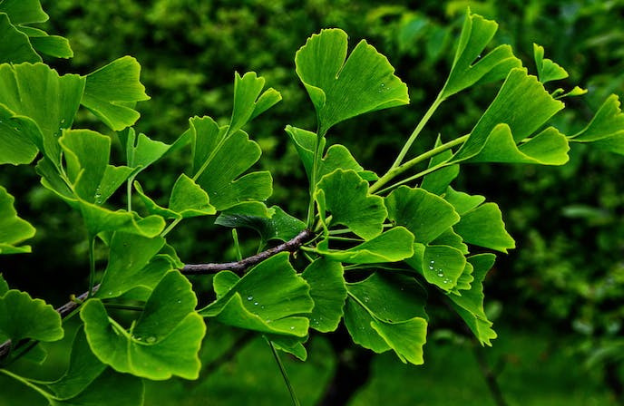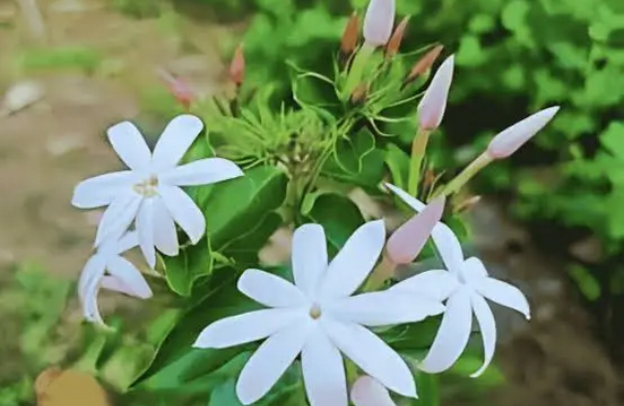Bellis perennis—the Common Daisy, English Daisy, or Lawn Daisy—is far more than just a pretty flower adorning meadows and gardens worldwide. This unassuming member of the Asteraceae family carries a legacy of remarkable healing power, celebrated for centuries across continents.
Unlike many other “daisies,” Bellis perennis stands apart for its potent medicinal properties, earning it evocative names like woundwort and bruisewort—a testament to its time-honored ability to heal wounds and soothe bruises.
Originating in Northern, Western, and Central Europe, the Common Daisy has transcended borders, flourishing across temperate climates in America, Australia, and beyond. Its enduring role in traditional and alternative medicine speaks volumes: from treating injuries and reducing inflammation to accelerating recovery, this simple flower has been a trusted companion in the journey toward wellness.
Yet, the daisy’s healing magic is not confined to Europe or the Western world. In the quiet villages and sunlit courtyards of Africa, the daisy holds an equally revered place. Known by many local names, it has been a silent guardian of health for generations.
Picture a healer carefully brewing a fragrant tea from daisy petals to calm a persistent cough, or gently applying a poultice of crushed blossoms to a wound, watching the skin mend with surprising speed. This humble flower—often overlooked by modern herbalists—remains a powerful symbol of purity, resilience, and the profound bond between nature and healing in African traditions.
Across Ethiopia, Kenya, South Africa, and other regions, the daisy’s leaves and flowers are woven into the fabric of cultural medicine, addressing respiratory ailments and skin conditions with remarkable effectiveness. It is a living testament to the wisdom of indigenous knowledge, reminding us that sometimes, the most powerful remedies come from the simplest gifts of nature.
For anyone passionate about natural wellness, the Common Daisy is not just a flower—it’s a natural ally with a rich heritage and proven health benefits, waiting to be rediscovered.
Wound Healing: Nature’s Antiseptic
The daisy’s role in wound healing is one of its most celebrated uses. Traditional healers crush the leaves and apply them directly to cuts and abrasions, harnessing the plant’s natural antiseptic properties.
Scientific studies support these practices; for instance, research has shown that extracts from the daisy can promote collagen synthesis, improve tissue repair, and enhance blood circulation, all contributing to accelerated wound healing. These properties make the daisy a valuable ally in both traditional and modern medicine.
Respiratory Relief: A Breath of Fresh Air
Respiratory issues, ranging from common colds to chronic coughs, are prevalent in many African communities. The daisy offers a natural remedy. Healers prepare infusions or syrups from the plant to alleviate symptoms.
The daisy’s anti-inflammatory properties help reduce inflammation in the respiratory tract, easing discomfort and promoting better breathing. Inhaling steam infused with daisy can also provide relief from nasal congestion and sinus pressure.
Scientific Insights: Bridging Tradition and Modern Medicine
Modern science has begun to validate the traditional uses of the daisy. Studies have identified bioactive compounds in the plant, such as flavonoids, saponins, and phenolic acids, known for their anti-inflammatory, antimicrobial, and antioxidant properties.
These compounds contribute to the daisy’s effectiveness in treating wounds and respiratory conditions. For example, research published in the Journal of Ethnopharmacology highlighted the antimicrobial activity of daisy extracts, supporting its traditional use in treating infections.
What Is Daisy Flower Extract?
Daisy Flower Extract is a gentle, plant-based concentrate derived from the Daisy flower, prized for its natural ability to brighten skin and combat uneven pigmentation.
This extract works by significantly reducing the production of tyrosine, an essential amino acid involved in melanin synthesis by up to 50%, effectively curbing the formation of dark spots and preventing new hyperpigmentation from developing.
Renowned as a safe and potent alternative to harsh skin-lightening agents like Hydroquinone, Daisy Flower Extract is well-suited even for sensitive skin, including that of pregnant women.
Its richness in organic acids, particularly tartaric and malic acids, lends it dual benefits: lightening the skin tone and promoting gentle exfoliation for a smoother, more radiant complexion.
Historically, the daisy’s leaves have been applied topically to aid in wound healing and reduce inflammation, highlighting the plant’s natural skin-repairing qualities. In addition, the extract offers antiseptic benefits, helping to cleanse the skin’s surface by eliminating bacteria and supporting overall skin health.
For those seeking a natural, effective solution to hyperpigmentation, especially individuals who cannot tolerate Hydroquinone or Kojic Acid Daisy Flower Extract presents a promising, safe alternative that nurtures the skin while delivering visible brightening results.
Sustainable Harvesting: Protecting Nature’s Healer
As interest in herbal remedies grows, it’s crucial to harvest the daisy sustainably. Overharvesting can lead to depletion of this valuable resource. In Africa, traditional knowledge emphasizes the importance of respecting nature’s balance.
Healers often cultivate daisies in their gardens, ensuring a steady supply without harming wild populations. This practice not only preserves the plant but also fosters a deeper connection between healers and the earth.
Conclusion: Embracing the Healing Power of Daisy
The daisy, with its delicate petals and vibrant energy, embodies the essence of natural healing. Its applications in treating wounds and respiratory issues are a testament to the wisdom embedded in African traditional medicine.
By embracing these practices and integrating them with modern scientific understanding, we can honor the daisy’s legacy and continue to benefit from its healing properties. Next time you encounter a daisy, remember, it’s not just a flower—it’s a natural remedy with centuries of healing behind it.







